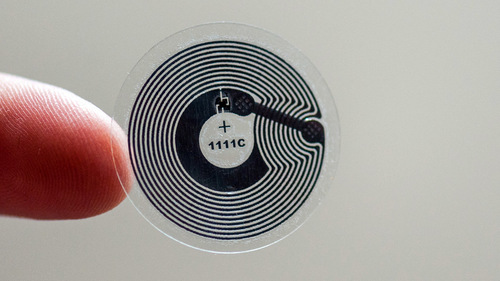| Online: | |
| Visits: | |
| Stories: |

| Story Views | |
| Now: | |
| Last Hour: | |
| Last 24 Hours: | |
| Total: | |
Game-Changer: Embedded Smartphone-Enabled Sensors
Inspired and supported by the Horizon 2020 program of the European Commission, 6 world leading companies from 4 different EU countries have launched PING (Printed Intelligent NFC Game cards and packaging), a consortium to bring flexible electronics from the lab to mainstream markets.
The collaboration intends to establish, within 3 years, a standardized low cost and high volume manufacturing flow for embedding wireless identification and power transfer technology into printed objects (i.e. packaging, cards, stickers) and printable substrates (i.e. paper, cardboard, plastic).
The project began with a clear objective; to establish, within three years, a standardised, low-cost and high-volume manufacturing process for embedding wireless identification technology into printed objects. The aim is to develop the thinnest, cheapest and most flexible NFC chip in the world, reinvent industry assembly standards and make embedding these chips into gaming, cards and packaging as simple as possible.
The project also aims to explore the integration of additional features such as sensors, displays and sound, ultimately paving the way to the realisation of the ‘Internet of Things’. This concept is used to describe a network of physical objects or ‘things’ that are embedded with electronics and sensors and capable of exchanging data users and other connected devices.
In order to accomplish this, the consortium has brought together a selection of leading European gaming, packaging, electronic printing and radio frequency identification (RFID) companies. Project partners are currently working on the development of a flexible thin-film technology and chip design, which will then be scaled up for mass manufacturing.
The partners hope to open up new opportunities for gaming through, for example, the development of smartphone apps to accompany certain card games. A player’s phone could recognise a particular card and then offer instructions. In collectable card games, where players battle each other with, say, creature cards, the abilities of creatures are usually static and only change based on a dice roll. By storing data inside the card, the personality and history of each card could be added to and even altered, providing players with far more options. Through uploading data onto the Internet, players could even take on opponents from around the world.
Furthermore, people who collect trading cards would be able to find out where a particular card has been and when it was produced, just through a sweep of their smartphone. Identifying each and every single card being played might also have implications for casinos, whether through the broadcasting of live TV poker or uncovering counterfeit cards.
The project, which has received EUR 3 334 243 in EU funding, is due for completion at the end of 2018.
Contacts and sources:
Source: http://www.ineffableisland.com/2015/06/game-changer-embedded-smartphone.html




